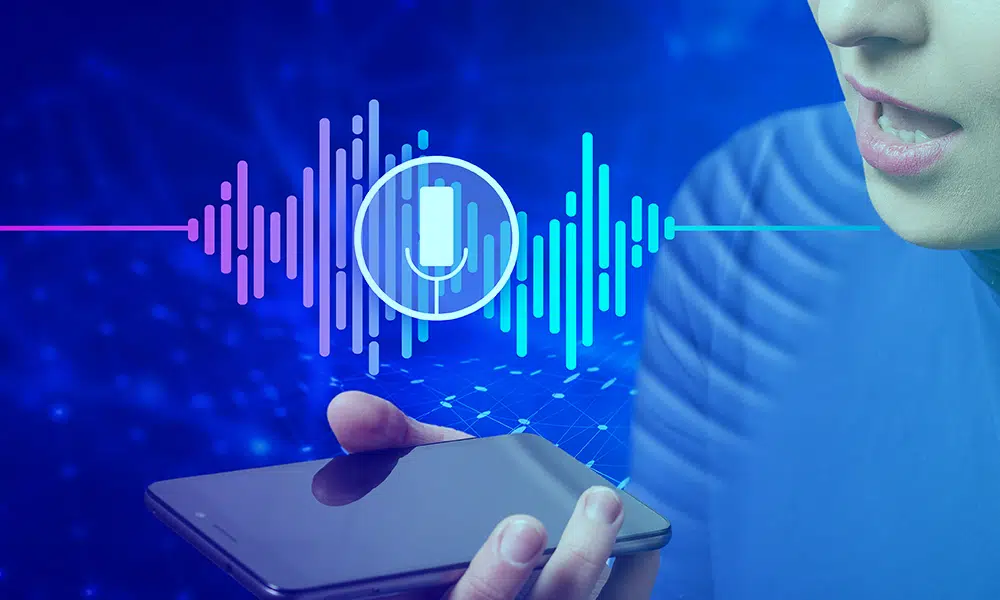Technology
The Rise and Impact of Voice-Activated Technology

Voice-activated technology has swiftly transitioned from the realm of science fiction to an integral part of our everyday lives. From smartphones and smart speakers to cars and home automation systems, voice assistants like Siri, Alexa, and Google Assistant are transforming how we interact with technology. This article explores the rise and profound impact of voice-activated technology on various aspects of our lives.
The Evolution of Voice-Activated Technology
The journey of voice-activated technology began with early voice recognition systems in the 1960s. However, it wasn’t until the advent of machine learning and artificial intelligence in the 21st century that significant strides were made. In 2011, Apple’s Siri marked a major milestone, followed by the introduction of Google Now and Microsoft’s Cortana. Amazon’s Alexa, launched in 2014, further revolutionized the market with its integration into the Echo smart speaker.
Ubiquity and Accessibility
Voice-activated technology has become ubiquitous, embedded in a multitude of devices beyond smartphones and smart speakers. Modern cars feature voice-activated navigation and control systems, while smart home devices allow users to control lights, thermostats, and even kitchen appliances with simple voice commands. This accessibility has made technology more inclusive, especially for people with disabilities who find traditional interfaces challenging to use.
Enhancing User Experience
One of the most significant impacts of voice-activated technology is the enhancement of user experience. Voice commands provide a hands-free and eyes-free mode of interaction, making it convenient for users to multitask. For instance, drivers can get directions, play music, or send messages without taking their eyes off the road. At home, users can manage their schedules, set reminders, and control smart devices effortlessly.
Transforming Industries
Voice-activated technology is transforming various industries. In healthcare, voice assistants help doctors with hands-free note-taking and accessing patient information quickly. The retail industry is leveraging voice technology for voice-activated shopping, allowing customers to order products using simple voice commands. Additionally, the hospitality industry is incorporating voice assistants in hotel rooms to offer personalized guest experiences.
Challenges and Considerations
Despite its advantages, voice-activated technology also presents challenges. Privacy concerns are paramount, as voice assistants continuously listen for wake words, raising the risk of unauthorized data access. Accuracy and recognition issues can lead to user frustration, especially for individuals with accents or speech impairments. Furthermore, the integration of voice technology across diverse languages and cultures remains an ongoing challenge.
The Future of Voice-Activated Technology
The future of voice-activated technology looks promising. Advances in natural language processing and artificial intelligence will enhance the accuracy and capabilities of voice assistants. The integration of voice technology with augmented reality (AR) and virtual reality (VR) could open new avenues for immersive experiences. Moreover, as the Internet of Things (IoT) continues to expand, voice-activated devices will become even more interconnected, creating seamless and intelligent environments.
Voice-activated technology has come a long way, significantly impacting how we interact with our devices and environments. Its rise reflects a broader trend towards more natural and intuitive interfaces. As the technology continues to evolve, it promises to offer even greater convenience, accessibility, and innovation across various sectors. Embracing and addressing the challenges of voice-activated technology will be key to unlocking its full potential and shaping the future of human-computer interaction.
Recent Insights
- Why an LMS System is Essential for Modern Education and Corporate Training
- Revolutionizing the Hiring Process in the IT Industry: A New Approach to Talent Acquisition
- The Rise of Quantum Computing: A New Era in Technology
- Unlocking the Future of Finance: A Case Study on Open Banking
- Rising Demand for AI and Data Science Experts in 2024: Shaping the Future of Tech